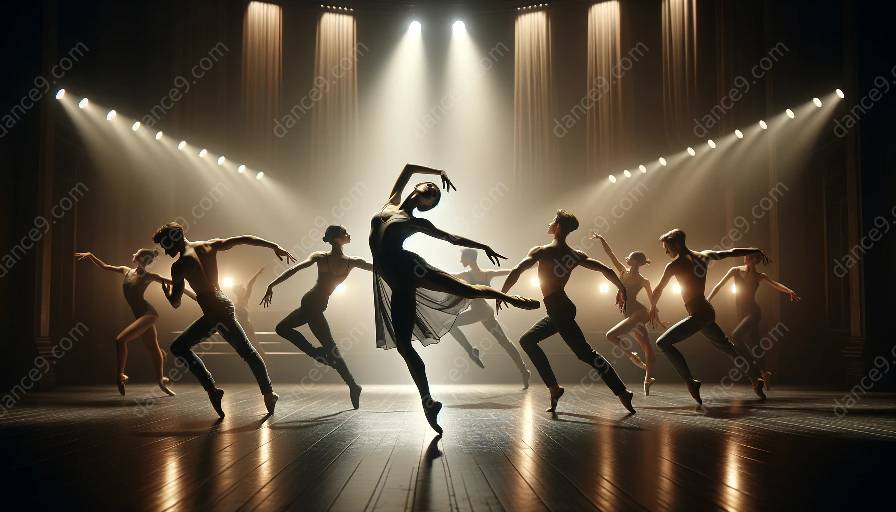Dance education has been an integral part of human culture for centuries, with a rich history that continues to shape contemporary dance classes and practices. This topic cluster aims to explore the historical and contemporary issues in dance education, shedding light on its evolution, challenges, and impact on contemporary dance classes.
Historical Context
Origins of Dance Education: The roots of dance education can be traced back to ancient civilizations, where dance was an essential element of rituals, celebrations, and storytelling. In many cultures, dance was passed down through oral traditions, with specific movements and styles reflecting societal norms and beliefs.
Formalization of Dance Education: As societies evolved, dance education became more formalized, with structured training programs emerging in courts, religious institutions, and educational settings. Ballet, in particular, played a significant role in shaping the pedagogy and techniques of dance education during the Renaissance and Baroque periods.
Challenges and Evolution: Dance education faced various challenges throughout history, including social stigma, gender biases, and limited access to formal training. However, visionary artists and educators, such as Isadora Duncan, Martha Graham, and Rudolf Laban, revolutionized dance education by introducing new philosophies, techniques, and pedagogical approaches.
Contemporary Issues
Accessibility and Inclusivity: In the contemporary era, dance education continues to grapple with issues of accessibility and inclusivity. Efforts are being made to provide equitable opportunities for dancers from diverse backgrounds, including those with disabilities or limited resources.
Integration of Technology: The rapid advancement of technology has transformed the landscape of dance education. From online classes to motion-capture systems, technology has opened new avenues for learning, choreography, and performance in dance.
Relevance and Innovation: As contemporary dance classes adapt to changing societal values and artistic trends, dance educators are exploring innovative approaches to teaching and choreography. This includes interdisciplinary collaborations, dance science research, and the incorporation of cultural and social themes into the curriculum.
Impact on Contemporary Dance Classes
Diversity of Techniques: The historical and contemporary issues in dance education have contributed to the diversification of techniques and styles available in contemporary dance classes. Students have the opportunity to study a wide range of genres, from classical ballet to urban dance forms, allowing for greater artistic expression and physical exploration.
Critical Thinking and Contextual Understanding: By examining the historical and contemporary issues in dance education, students gain a deeper understanding of the cultural, social, and political contexts that have shaped dance. This knowledge enhances their critical thinking skills and nurtures a more holistic approach to dance practice and appreciation.
Advocacy and Leadership: Addressing historical and contemporary issues in dance education empowers dance educators and students to become advocates for change and leaders in the field. By understanding the challenges and developments in dance education, individuals can work towards creating more inclusive, innovative, and culturally responsive dance classes.
In conclusion, the exploration of historical and contemporary issues in dance education provides a comprehensive understanding of the forces that have shaped the art form over time. By recognizing the challenges and advancements in dance education, contemporary dance classes can evolve to be more inclusive, relevant, and impactful for future generations of dancers.













































































